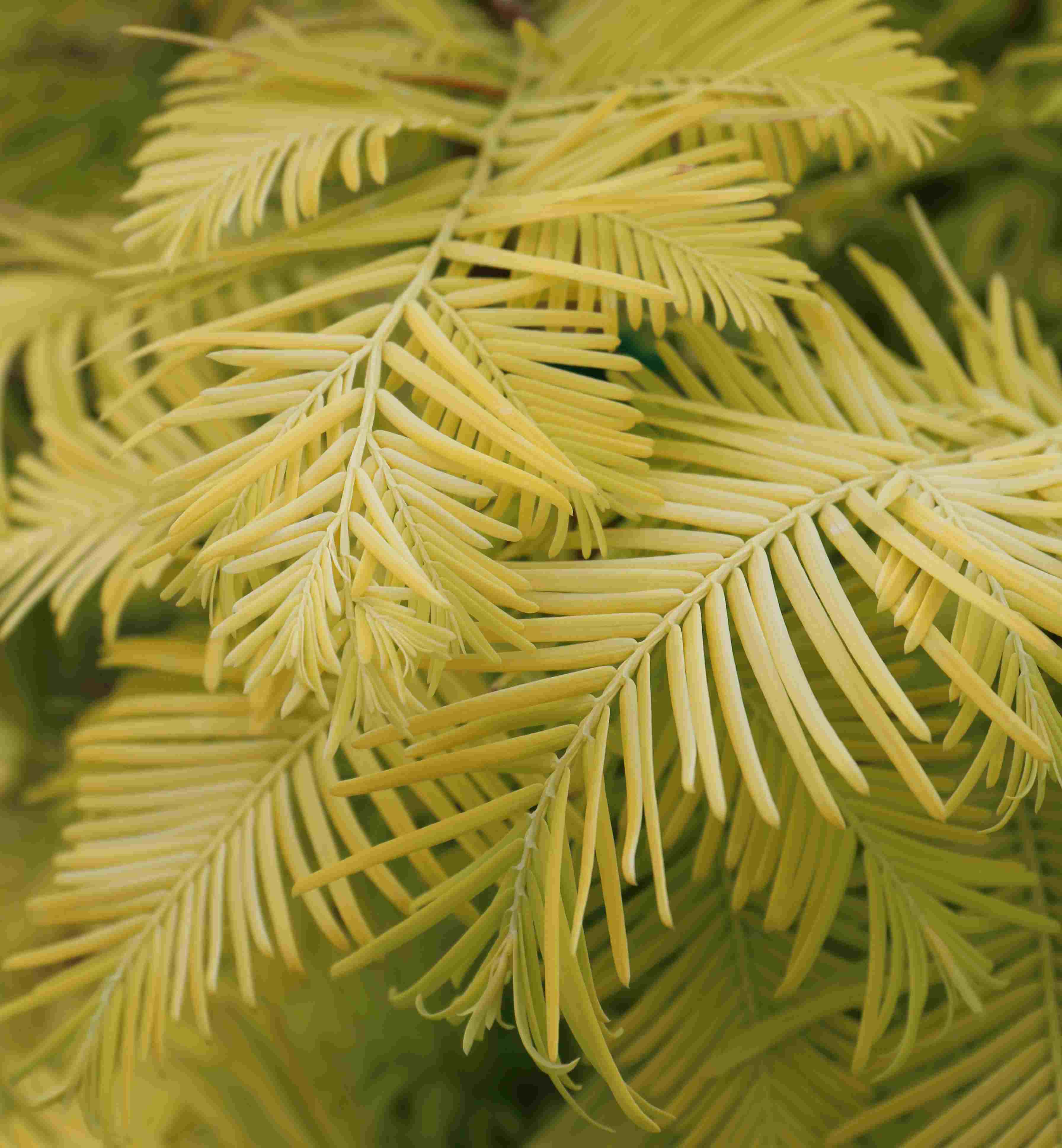

The Dawn Redwood is not very susceptible to pests. Guy wires work well for Dawn Redwoods.įormal or informal upright styles, as well as clump, slanting, and bonsai forests are great ways to style your Dawn Redwood. As the branches are quite brittle, be very careful when wiring. The best time to wire a Dawn Redwood is when the tree is dormant, from early winter to spring. Regular pruning also encourages dense branching. These are fast growing trees that require frequent trimming. In the summer, prune your Dawn Redwood by trimming back the new shoots. Metasequoia glyptostroboides, the dawn redwood, is a fast-growing, endangered deciduous conifer. Remove all the buds that you do not need immediately. Twigs with long internodes should be pruned in the spring before new buds open. The easiest way to propagate a Dawn Redwood is through seeds or cuttings. You'll want to remove about 1/4 of the root mass, but not more than 1/3, before repotting. The best time to repot is in the springtime to midsummer. A lovely, deciduous conifer, Metasequoia glyptostroboides has soft, feathery foliage that is lush green throughout the spring and summer, before turning. Stop feeding in the fall.ĭeciduous trees, such as the Dawn Redwood, should be repotted every two to three years, or when the roots of the tree are growing too big for the pot. During the summer, be more controlled with your fertilizing as to not provoke unmanageable new growth. Metasequoia glyptostroboides This dawn redwood is among the first of its kind to grow in North America in over two million years. Once new leaves have emerged, begin feeding every two weeks. We recommend our Deciduous Bonsai Soil Mix for your Dawn Redwood.įertilize your Dawn Redwood from late spring to late summer with a well-balanced organic fertilizer.

During the summer, however, you may need to water twice daily.

Less water is required during colder months. Be careful not to overwater, though, as this can cause root rot. Oregon State Fossil: Metasequoia Metasequoia, a deciduous conifer, and one of the common fossils found in many of the Eocene sites of the Pacific northwest, flourished in Oregons forests for millions of years.In honor of this long history, Oregon has named it their official state fossil. Do not let the soil dry out completely, even once. They are not drought-tolerant and can die quickly if allowed to dry out. Once your tree has been re-potted, do not allow the pot to freeze.ĭawn Redwoods require constant attention to their water supply. Dawn Redwoods prefer moderate warmth, sunny days, and protection from extreme sun rays and also extreme cold and frost. Metasequoia Glyptostroboides is listed as endangered in the IUCN Red List of Wild Species.Dawn Redwoods prefer a sunny position with a lot of humidity. The genus Metasequoia was long thought to be extinct until a few living specimens were rediscovered in the depths of China in 1941. It can be pruned very well and can be trained into a hedge. The Metasequoia Glyptostroboides should be planted in acidic, cool, rich and slightly moist soil. This original foliage, tender green in spring and turning copper red in autumn, will bring colour and harmony to your garden, offering a real spectacle. Its fine, flattened pinnate leaves are soft to the touch. Its trunk is very straight (up to 2 m in diameter after a few decades) and twisted at the base, and its reddish bark makes it very ornamental. The Dawn redwood grows rapidly, up to 1 m per year in the juvenile stage and 40 to 50 cm thereafter. Growing up to 50 to 60 m high and spreading out to 8 m, this tree with its conical shape is ideally suited to large parks where it sits majestically. A large deciduous tree of Chinese origin, the Metasequoia Glyptostroboides or Dawn redwood is one of the rare conifers to lose its leaves in autumn.


 0 kommentar(er)
0 kommentar(er)
